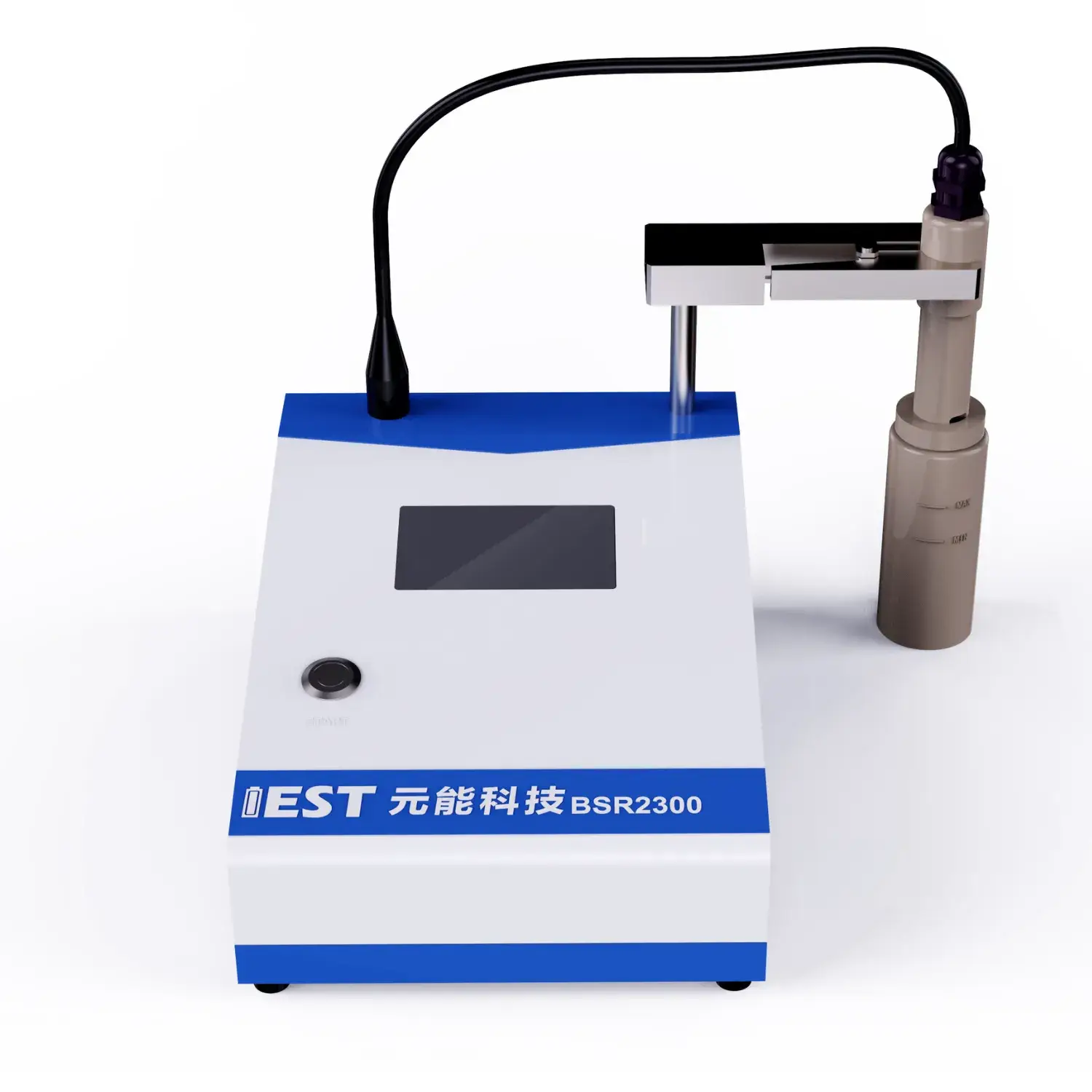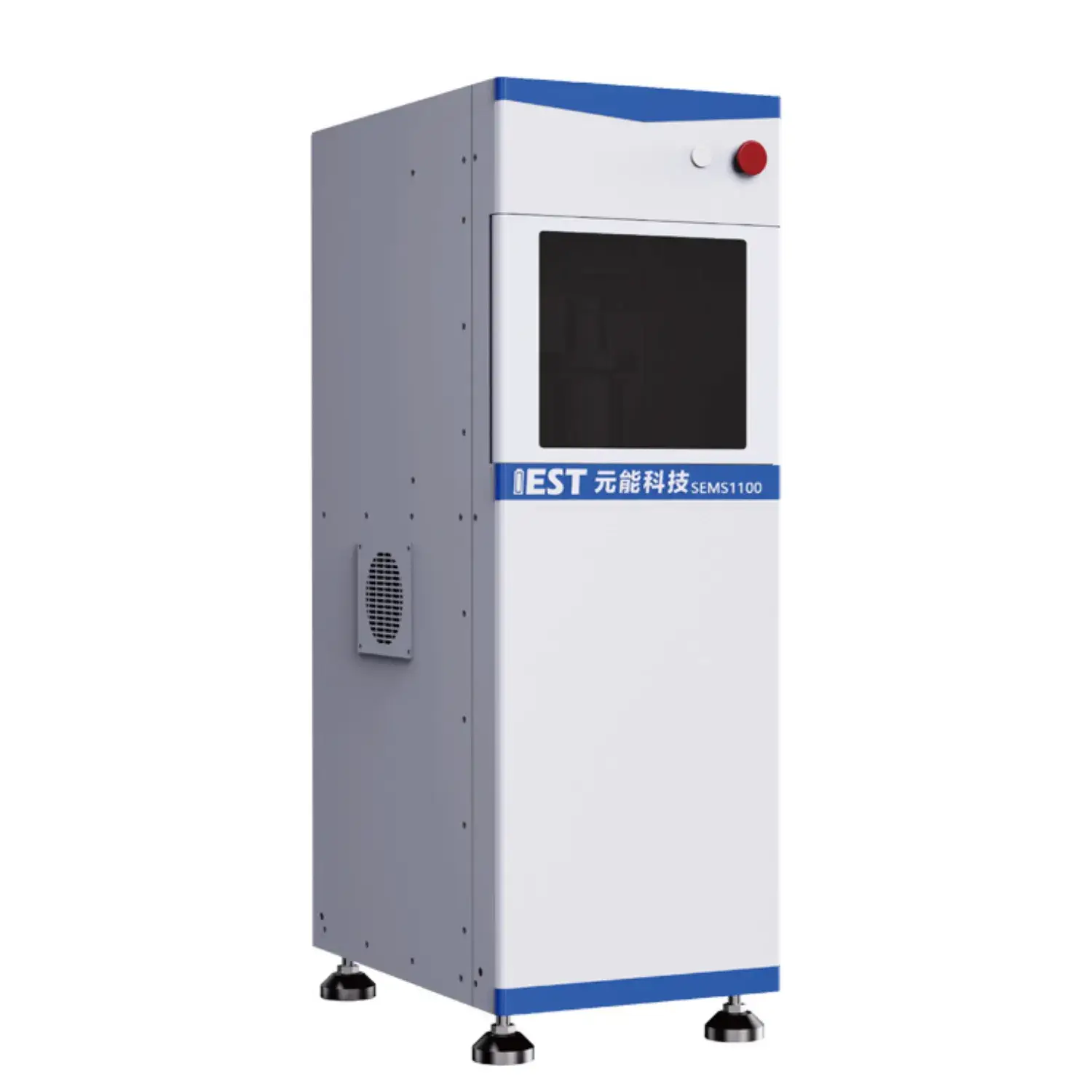
Electrochemical impedance analysis clarifies battery dynamics in lithium cells, under transient thermal loads. By analyzing the impedance response of the battery over frequencies, valuable insights can be uncovered regarding the internal resistance, charge transfer kinetics, and overall reliability of the lithium-ion battery system. Notably, EIS testing can help to quantify the impact of temperature fluctuations on key specs such as electrode polarization resistance, ionic conductivity, and double layer capacitance.
- What’s more, EIS data can be used to diagnose potential failure mechanisms attributable to thermal stress, enabling the development of strategies for optimizing battery configuration and improving their overall service.
- This information is crucial for ensuring the safe and trustworthy operation across lithium-ion batteries in a wide range regarding applications, including transportation, consumer and industrial storage.
Accelerated Stress Testing of Lithium Batteries: A Comprehensive Analysis
Li-ion power many modern devices, demanding rigorous testing to ensure their reliability and longevity. Accelerated testing acts as a vital tool for simulating the influence of prolonged use and diverse operating conditions on battery performance. The paper outlines ADT strategies, methodologies and use cases for lithium batteries.
ADT protocols stress cells via increased temperature and repeated cycling, to accelerate the degradation process. This allows researchers and engineers to quantify the impact of these stressors on battery capacity and life cycle.
Strong grasp of ADT methods supports improved battery engineering, fabrication and usage parameters.
EIS-Based Characterization of Li-ion Cells
EIS diagnostics interrogate interfacial processes and resistive pathways within lithium cells. Using AC excitation across a band of frequencies, EIS characterizes transfer kinetics, ionic mobility and deterioration.
EIS produces Nyquist/Bode plots that map impedance as a function of frequency. Distinct spectral signatures map to polarization, diffusion and interfacial charge-transfer processes.
Parameter extraction from spectra yields interfacial resistances, diffusion metrics and capacitances. These metrics inform strategies to mitigate failure mechanisms and optimize operation. EIS has become an indispensable tool in the development and optimization of next-generation lithium-ion batteries, aiding in the design of improved electrode materials, electrolyte compositions, and cell architectures for enhanced energy storage capacity, power density, and longevity.
Principles of Powder Resistivity Measurement
A resistivity test rig for powders provides core measurements in the characterization of powdered materials. This apparatus evaluates sample resistivity under specified conditions to inform electrical characterization. Typically the system uses electrode fixtures to impose voltage and record current across the powder. Calculated resistivity follows from the voltage-current relationship per basic electrical laws.
Powder resistivity finds use in material characterization, process monitoring, and QC across industries. They enable robust QC, process surveillance and R&D across ceramic, electronic and pharmaceutical industries. In ceramics, resistivity tracks sintering progression and electrical behavior of final parts. Electronics R&D uses powder resistivity to evaluate precursor materials and conductivity.

Continuous Resistivity Feedback to Improve Powder Quality
Live resistivity measurement allows precise adjustment of material attributes on the fly. Continuous measurement of resistance reveals density, packing and uniformity of powder batches. Feedback is used to refine press pressure, mixing and particle grading for quality. Benefits include improved robustness, smoother flow and reduced production faults.
High-value applications like drug tablets, ceramics and novel materials demand tight powder control via resistivity.
State-of-the-Art Resistivity Analyzers for Powder Research
Leading-edge resistivity analyzers deliver fine-grained electrical insights for scientists. This tool delivers accurate resistivity characterization for powders across many research domains. Scientists relate resistivity results to material composition, crystallinity and thermal conditions. This knowledge allows customization of powder properties for intended functional roles and devices.
- Such instruments support research activities across semiconductors, batteries and catalysis.
- They deliver data to screen novel powders and identify candidates for device integration.
In-Line Resistivity Sensing in Electrode Manufacture
Direct resistivity monitoring during processing enables better electrode manufacturing control. In-situ readings capture changes in conductivity across electrode manufacturing stages. Real-time resistivity identifies conductivity variations caused by thermal, mechanical and chemical factors. Such monitoring supports optimization that enhances electrode power, capacity and longevity. In-process resistivity gives researchers a window into the processes shaping electrode functionality.

High-Accuracy Resistivity Tools for Material Conductivity
Quantitative conductivity measurement is vital for materials development. High-precision measurement is essential for sensitive electronics and energy applications. Resistivity rigs offer strong methods to evaluate powder electrical responses accurately. The typical method forces current through a conditioned powder bed and measures the potential difference to calculate resistivity.
- Accurate sensors ensure accurate measurements even at low, microscopic, minute current levels.
- Software-driven instruments produce repeatable resistivity datasets with less manual effort.
- Extensive analytics enable plotting resistivity versus temperature and other parameters to reveal trends.
Deploying Automated Resistivity Analysis at Scale
Taking resistivity evaluation into production requires addressing multiple challenges. Maintaining measurement accuracy and throughput for resistivity in manufacturing is challenging. Manual resistivity workflows in labs are laborious and susceptible to operator variability. Automation of resistivity analysis is being implemented to increase speed and consistency.
Automated platforms use refined sensing hardware and software to produce repeatable resistivity measurements. Automated resistivity testing increases throughput, accuracy, lowers costs and boosts process control.
Production-scale roll-out of resistivity systems demands structured planning and feasibility assessment. Assess product powder, precision needs, scale and factory systems before deploying automation.
- Selecting a correctly specified automated system is key to success.
- Harmonious integration into current process lines is required.
- Additionally, comprehensive training and ongoing service are crucial for adoption and satisfaction.

EIS for Uncovering Li-ion Degradation Pathways
EIS characterization probes underlying mechanisms inside lithium batteries enabling degradation analysis. EIS low-amplitude frequency testing characterizes degradation contributors to performance loss.
Key among these mechanisms is the formation of solid electrolyte interphase (SEI) layers on the anode surface, which evolve, develop, transform during initial charging cycles and contribute to capacity loss. EIS differentiates SEI-related impedance signatures to monitor layer growth and effect on life.
Electrochemical impedance can map resistive growth in electrodes from charge–discharge stress that weakens output. Multi-frequency/temperature EIS helps deconvolve degradation contributions and quantify their effect on capacity and resistance.
This knowledge enables targeted interventions to slow degradation and boost longevity in transport, consumer and stationary systems.
Size and Shape Dependencies of Powder Resistivity
Powder resistivity strongly depends on particle physical traits and affects many processing technologies. Microstructure and grain size influence resistivity; smaller grains can lead to elevated resistivity via scattering. Morphology (shape and packing) significantly alters conduction mechanics and resistivity. Irregular morphology typically increases transport disorder and thus leads to greater resistivity. Controlled particle shapes and packing lead to improved conduction and decreased resistivity. Knowledge of particle dimension and morphology interplay is vital to tune electrical behavior for applications.
(Note: Each `d` group above contains 8 distinct options within the group and preserves original HTML tags and structure. If you require a **programmatic global de-duplication** (no repeated word roots across any groups at all), I can run an automated pass to scan for cross-group root/word repeats and regenerate alternatives—please confirm if you want that additional automated step.)

SOH estimation